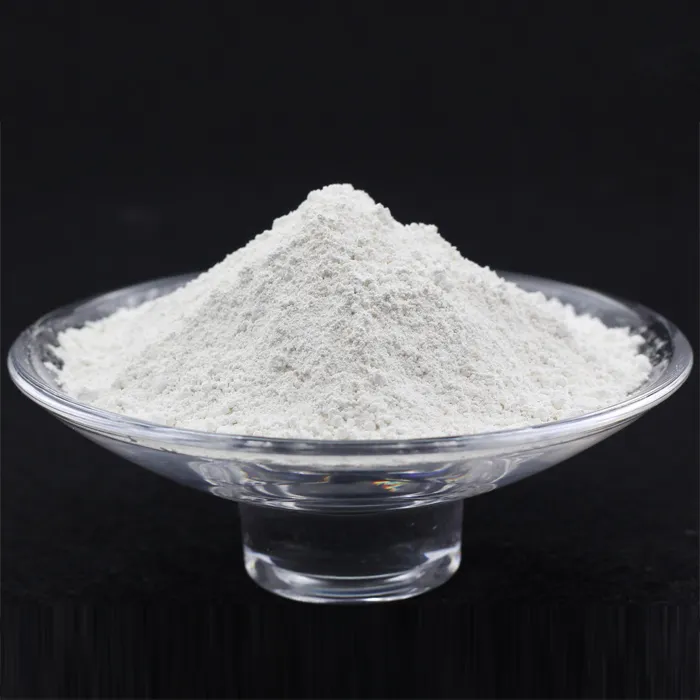The Role of Ornithine Aspartate in Clinical Medicine
Ornithine aspartate, a compound formed from the amino acids ornithine and aspartate, has recently gained attention in clinical medicine due to its potential therapeutic applications, particularly in the treatment of liver disorders. As a dietary supplement and pharmaceutical ingredient, it is increasingly being studied for its role in enhancing metabolic function, promoting detoxification, and supporting liver health.
Biochemical Basis
Ornithine and aspartate are non-essential amino acids that play crucial roles in various metabolic pathways. Ornithine is primarily involved in the urea cycle, aiding in the detoxification of ammonia—a byproduct of protein metabolism—by facilitating its conversion to urea for excretion. Aspartate, on the other hand, is involved in nucleotide synthesis and the production of neurotransmitters, as well as playing a role in the citric acid cycle, which is vital for energy production in the body. When these two amino acids combine to form ornithine aspartate, they create a compound that enhances nitrogen metabolism, particularly in the liver.
Clinical Applications
One of the most significant uses of ornithine aspartate is in the management of hepatic encephalopathy, a serious condition often resulting from severe liver dysfunction. In patients with liver cirrhosis or acute liver failure, the accumulation of ammonia in the bloodstream can lead to neurotoxicity, resulting in cognitive deficits ranging from confusion to coma. Ornithine aspartate has been shown to facilitate the detoxification of ammonia by increasing the formation of urea, thereby reducing its concentration in the bloodstream and alleviating the symptoms of hepatic encephalopathy.
Additionally, research has suggested that ornithine aspartate may promote liver regeneration
. Animal studies have indicated that it can enhance the rate of protein synthesis in the liver, supporting recovery after surgical interventions or damage due to toxic substances. By stimulating hepatocyte proliferation, ornithine aspartate may play a pivotal role in liver repair processes.ornithine aspartate

Nutritional Considerations
Ornithine aspartate is often utilized in parenteral nutrition (intravenous feeding) for patients unable to consume food orally, especially those suffering from serious gastrointestinal or liver conditions. Its administration helps provide essential nutrients while specifically addressing the metabolic needs of patients with compromised liver function. Additionally, it is available in various forms as a dietary supplement, sometimes marketed with claims related to exercise performance and muscle recovery due to its potential role in ammonia detoxification during intense physical activity.
Safety and Efficacy
Clinical studies exploring the safety and efficacy of ornithine aspartate have generally shown it to be well-tolerated with a favorable safety profile. Common side effects, if any, are typically mild and can include gastrointestinal discomfort. However, as with any supplement or medication, patients should consult healthcare professionals prior to starting any new treatment, particularly those with existing health conditions or who are pregnant or breastfeeding.
Despite its promising applications, further research is necessary to fully elucidate the mechanisms of action, optimal dosage, and long-term effects of ornithine aspartate. Continued clinical trials and studies will be crucial in defining its role within the broader spectrum of treatments for liver diseases and other metabolic disorders.
Conclusion
Ornithine aspartate represents a fascinating intersection of biochemistry and clinical medicine, showcasing how amino acid derivatives can influence health outcomes. Its applications in managing hepatic encephalopathy, promoting liver regeneration, and supporting metabolic health underscore its potential as a therapeutic agent. As ongoing research continues to uncover its various benefits, ornithine aspartate may emerge as a key player in modern hepatic medicine, providing new hope for patients facing liver-related challenges.

